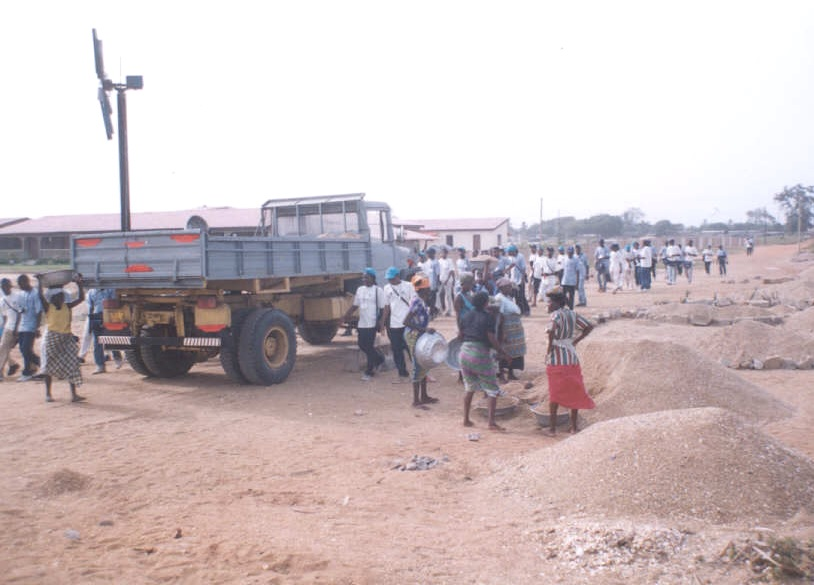Goals
- Improving the knowledge about threatened species by conducting targeted research and monitoring.
- Involving local communities in the management of coastal and marine resources, biotopes, and threatened populations.
Process
A workshop was organized to launch the project and to establish a climate of trust between the stakeholders. At least 50 representatives of the Gendarmerie, the Maritime Fisheries Department of the High Commissariat for Water and Forests and Desertification, the local fishing communities and the NGO AGIR joined the participatory workshop.
A multiparty caretaking committee was elected to involve all stakeholders. The committee is presided by the Governor of Al Hoceima Province.
The AGIR team and the fishermen are equipped to participate in a study of monitoring and participatory evaluation regarding the conservation state of resources and habitat. Monitoring of threatened flagship species is led in coordination with the relevant authorities.
Weekly field trips were organized for the monitoring of the surveillance and control program of illegal activities within the MPA.
A scientific report reflects on the new conservation state (habitat restauration, threatened species, and marine resources).
